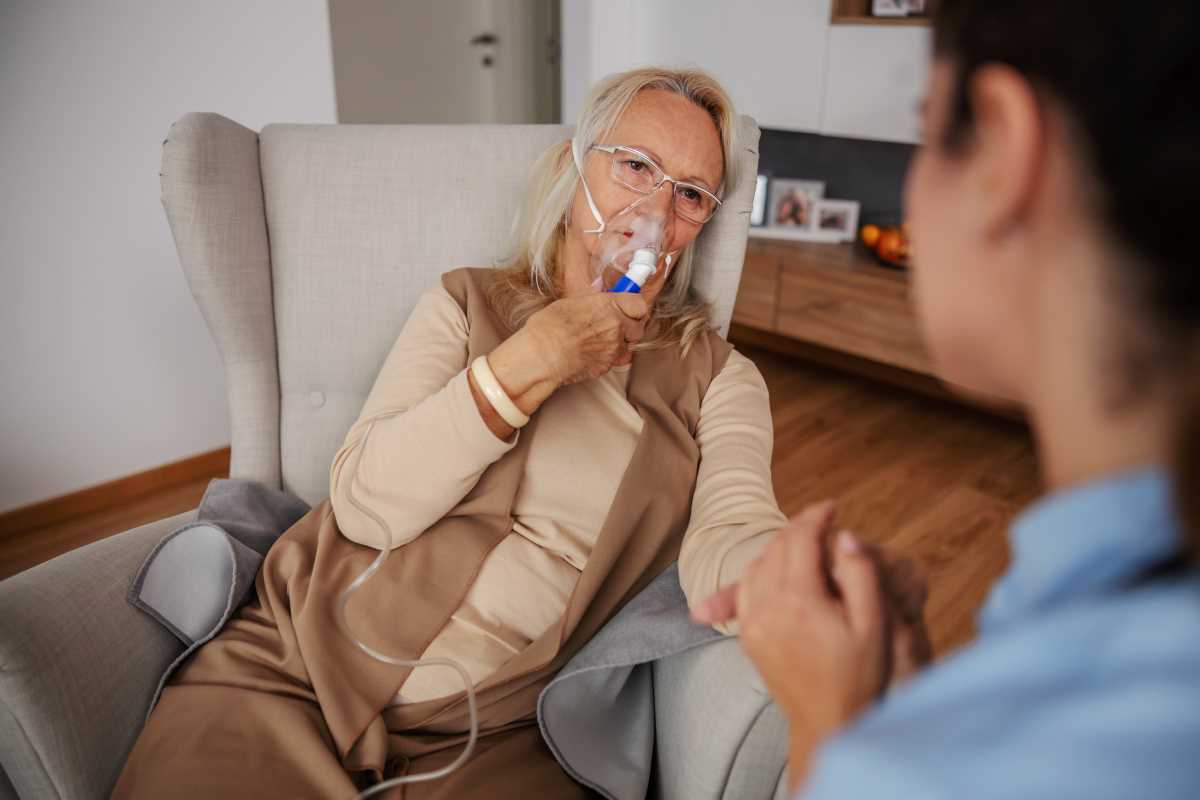Urban expansion has made managing pollution an urgent priority, especially as rising concentrations of harmful substances in metropolitan areas present serious health risks. The elderly, in particular, face heightened vulnerability due to age-related physiological changes that reduce their resilience to environmental stressors. A range of pollutants—including particulate matter, nitrogen dioxide, sulfur dioxide, ozone, carbon monoxide, and volatile organic compounds—contributes to an atmosphere that can aggravate existing respiratory conditions and spark new health problems. In densely populated cities, the continuous influx of contaminants leads to increased occurrences of chronic respiratory diseases, cardiovascular issues, and other related ailments. This complex scenario demands a coordinated response from urban planners, policymakers, and healthcare providers. By developing and implementing strategies such as stricter emission controls, the expansion of green spaces, improved public transportation, and regular health screenings for at-risk populations, communities can work together to reduce pollutant levels and mitigate their adverse effects. Such comprehensive efforts are crucial for protecting the health of aging residents and ensuring that urban environments become safer and healthier for all.
Understanding Urban Pollution
- Particulate Matter (PM2.5 and PM10)
- Nitrogen Dioxide (NO2)
- Sulfur Dioxide (SO2)
- Ozone (O3)
- Carbon Monoxide (CO)
- Volatile Organic Compounds (VOCs)
Respiratory Health Challenges in the Elderly
- Chronic Obstructive Pulmonary Disease (COPD)
- Asthma exacerbations
- Increased incidence of pneumonia
- Bronchitis
- Reduced lung function
Link Between Urban Pollution and Respiratory Disorders
Exposure to urban pollution significantly impacts the respiratory health of the elderly. Pollutants such as PM2.5 and NO2 can aggravate existing respiratory conditions, leading to more severe health outcomes. Chronic exposure to these harmful substances weakens the respiratory system, making it harder for older adults to cope with daily challenges and resist diseases.
The interaction between pollutants and biological systems in elderly individuals often results in heightened sensitivity to environmental stressors. Pre-existing conditions like COPD or asthma can deteriorate rapidly with increased pollutant levels, resulting in flare-ups and decreased quality of life. Long-term exposure may lead to irreversible damage, highlighting the critical need for interventions targeting air quality improvement.
Case Studies and Research Findings
A study conducted by the World Health Organization found that long-term exposure to fine particulate matter (PM2.5) increases the risk of mortality from respiratory diseases among the elderly population. Similarly, research published in the American Journal of Respiratory and Critical Care Medicine indicated that high levels of nitrogen dioxide (NO2) correlate with higher rates of hospital admissions for asthma and bronchitis among older adults.
Another research initiative by Harvard University demonstrated that elderly individuals living in areas with elevated ozone (O3) concentrations experienced a decline in lung function over a five-year period, compared to those in areas with cleaner air. These findings underscore the profound impact of urban pollutants on respiratory health and the necessity for ongoing public health monitoring and research.
Preventative Measures and Policy Recommendations
To reduce the adverse effects of urban pollution on the respiratory health of the elderly, several approaches can be implemented. First, enforcing stricter emission controls on industries and vehicles can significantly lower the concentration of harmful pollutants in the air. Expanding green spaces within urban environments acts as a natural filter, absorbing pollutants and providing cleaner air for residents.
Public health initiatives, such as regular health screenings for respiratory conditions among the elderly, can help in early detection and management of pollution-related health issues. Promoting the use of public transportation and encouraging walking or cycling can reduce vehicular emissions, contributing to overall air quality improvement. Policymakers should also prioritize funding for research on air pollution and its health impacts to inform evidence-based decisions and policies.
Enhancing public awareness about the sources and health impacts of urban pollution encourages communities to take proactive steps towards cleaner environments. Collaboration between government agencies, healthcare providers, and community organizations is essential to implement these measures effectively and ensure the well-being of the elderly population in urban settings.
Addressing urban pollution requires a multifaceted approach that combines stringent policies, community engagement, and continuous research. By focusing on the respiratory health of the elderly through targeted interventions, cities can improve the quality of life for their aging residents and create healthier urban environments for all.
Reducing urban pollution is essential for safeguarding the respiratory health of the elderly. Effective policy measures and community initiatives can significantly enhance their quality of life.
 (Image via
(Image via





